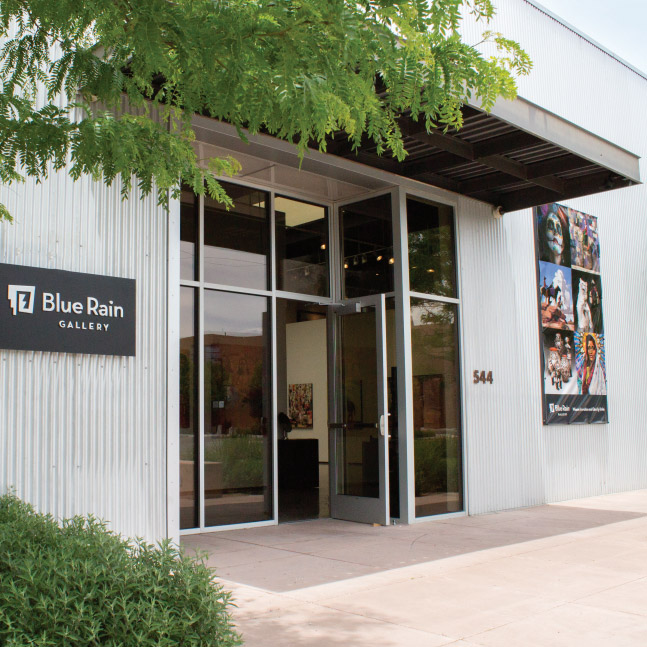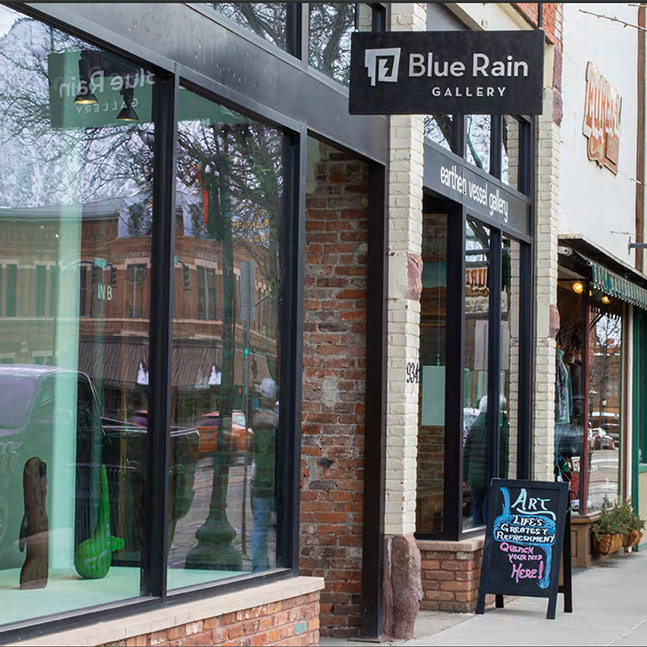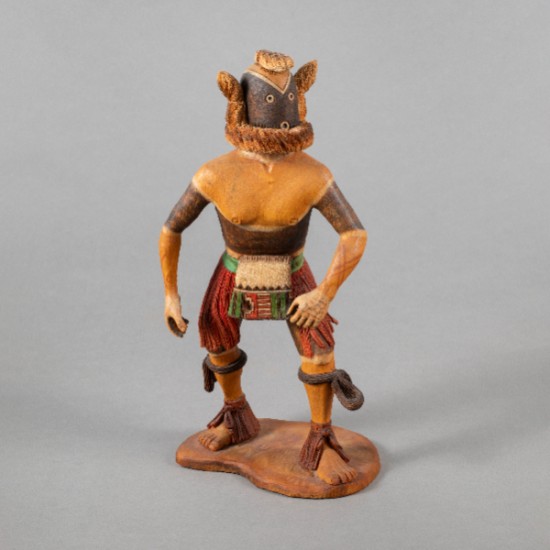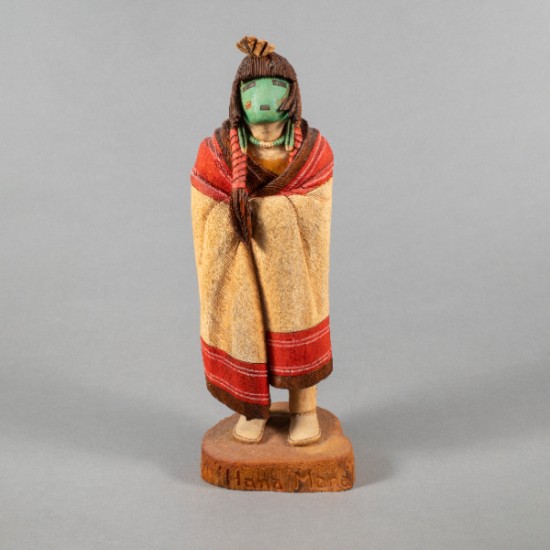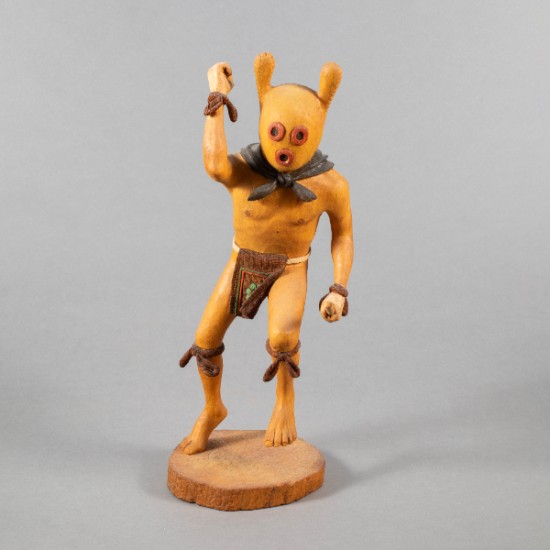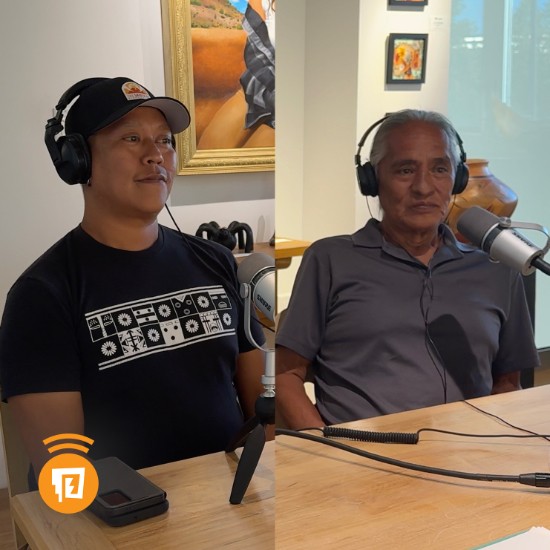Stetson Honyumptewa’s Kachina's, on display at Blue Rain Gallery in Santa Fe, NM, showcase an exceptional skill in a traditional format. His journey to mastering kachina doll carving began at his birthplace, in the pueblo village of Moenkopi, Arizona. On the Hopi Reservation, kachina doll carving is a celebrated craft – one that is also deeply spiritual. For centuries, these carved religious figures have served as teaching tools, and like generations of Hopi children before him, Stetson learned from them Hopi beliefs, traditions, and mythology. In his youth, Honyumptewa also recalls admiring his father, uncles, and brother-in-law as they carved the fascinating dolls from cottonwood, transforming the plain root into a beautiful and detailed figure. They would be the ones to teach him the craft and soon, at age 12, Stetson began carving. Now he is considered among the top contemporary kachina carvers, but the prestige has been many years and tribulations in the making.
As a teenager, Stetson put aside carving, fearful his final products would not be worth the wood he used as a foundation. And while his father remained encouraging, he found others to not be as optimistic about pursuing art as a career. At 17, Stetson left Moenkopi to attend the Indian school in Phoenix, where he stayed for four years. Then, after struggling to find work in his community, Stetson left Arizona altogether, seeking job opportunities in New Mexico. Here, he did begin carving regularly again, but only on the side as he busied himself with paying the bills. It would take patience and persistence before his carvings caught the attention of viewers and galleries, and eventually, they did. At last, Stetson made the crucial decision to quit his day jobs and fully devote himself to life as a professional artist.
In the years since, Stetson has continued to refine his distinct style and hone his skill. He’s enjoyed success from his carvings, having achieved notable awards from the Santa Fe Indian Market and the Heard Museum Indian Fair. He’s also continued to pass along the generational knowledge, mentoring both his nephew Ron Honyumptewa and son Aaron Honyumptewa in traditional carving.
Reflecting, Stetson says the progression from youth to renowned carver came naturally with his practice: “every time I make a doll, I think, I could do better. So that’s what I did. I just kept doing that and I evolved to where I’m at now.” Countless carvings and hours of experience have elevated Stetson’s expertise and today he is well known for his precise forms and exceptional detail. While now considered among the top contemporary carvers, at the root of his success remains his dedication to quality craftsmanship, tradition, and spirituality. By continuing this ancient practice, Stetson seeks to maintain important and ancestral Hopi traditions in the modern world. It is also vital to him that he represent these deities in an accurate and reverent way, often researching the kachinas extensively prior to working with the wood. Carving with tools passed down to him from his father, each kachina can take up to three months to complete, serving as a testament to his devotion.
Today, Stetson lives and works out of Santa Fe, New Mexico. His artistic aptitude is far-reaching; weaving, painting, illustration, silkscreen printing, and graphic design are all skills in his repertoire. Of course, carving remains at the forefront of these, and he continues to push his ability. Each doll is yet another evolution in this lifelong pursuit of mastery.

